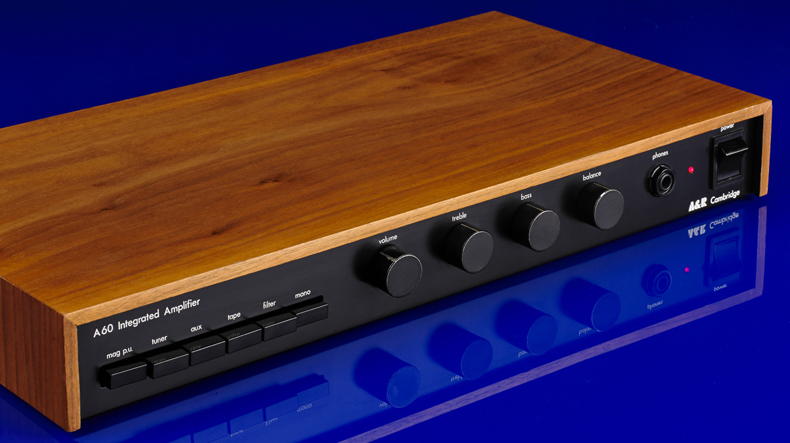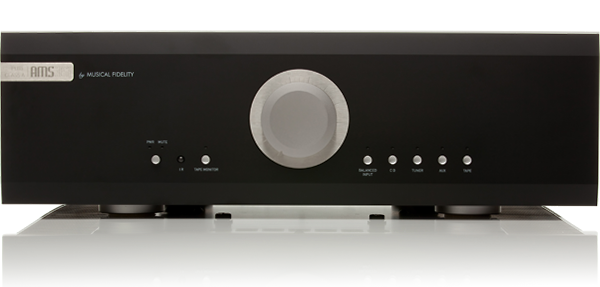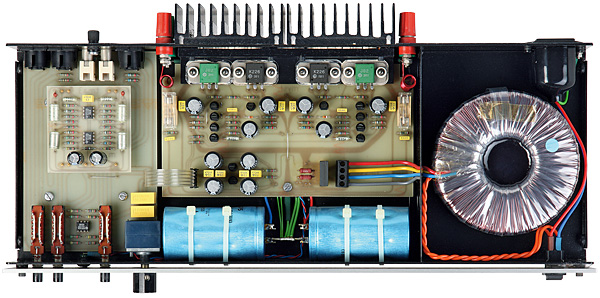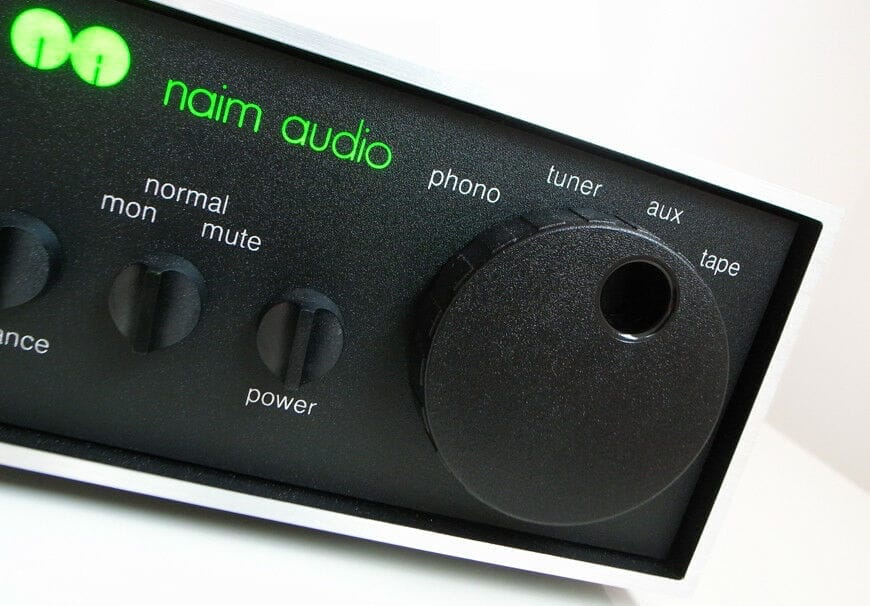It’s unfortunate that so many outstanding brands have faded away, from Leak and Garrard in the United Kingdom to Micro Seiki and Sansui in Japan. In the 1970s, the latter was one of the most well-known Nipponese brands, with a proud array of high-end, high-quality items with an uniquely slimline yet powerful sound. The Sansui brand is still there today, but the guys who created the company’s iconic amplifiers are no longer with us.
Founded in 1947 in Tokyo, Japan, it started off making transformers before moving on to amps and tuners, earning a solid reputation for both, particularly the former. For this, possibly the brand’s most accomplished series, Sansui also constructed some very good turntables – the SR222/II being a prime example – as well as accompanying cassette decks. The AU-317 was the first ‘serious’ integration in the pecking order, and the series encompassed the 217 through the 917. You won’t go far wrong if you think of it as a Japanese A&R A60.
The AU-317 was introduced in 1977 and featured crisp style that has outlasted many Sansui devices before it, as well as those that came after it. It has a purposeful, almost military design thanks to its black steel casework, matt black aluminium fascia, and smooth switchgear. Rack mounting handles were uncommon, but they offer visual interest. It was a reasonably compact 430x110x340mm and weighed a not insignificant 9.5kg without them.
Many people thought the amplifier’s claimed 50W RMS per channel into 8 ohms was more in real-world situations. It contains a complicated and thorough circuit arranged on numerous circuit boards, with no less than 51 transistors, 25 diodes, and 2 FETs, which is superb by today’s standards. Next to the hefty heatsinking for the four power transistors, two massive ELNA smoothing capacitors loom enormous. Everything is neatly wired and precisely planned up.
Aside from the fascia labelling, the first version of the AU-317 can be distinguished by its black aluminium heatsink (the MkII version’s isn’t painted), preamp-out/main-in connectors on the back panel (which were later deleted), shielded power transformer, and slightly lower voltage power supply to the power amp section. The MkII version, released in 1980, saw a minor increase in claimed power output to 60W RMS per channel, but otherwise remained same.
Any vintage of the AU-317 is excellent. Despite its not insignificant £190 price tag, it was one of the few Japanese amplifiers praised by the provincial British hi-fi press of the time. It offers a punchy, clean, quick, and gripping sound that is surprisingly musical for a Japanese amplifier, and it also sounds more valve-like than many of its Nipponese counterparts, which are harsh or bland. It offers good image and a three-dimensional soundstage; back in the day, it was considered a powerhouse, albeit fifty or so watts don’t impress as much as they used to…
Sansui Electric Co. is currently a subsidiary of Grande Holdings, a Chinese corporation based in Hong Kong that also owns the Japanese brands Akai and Nakamichi. In some markets, the name can still be seen on modern budget hi-fi separates, although it has nothing in common with the AU-317. Find one of these late-seventies beauties if you want to know how fantastic it once was; they’re significantly less expensive than you’d imagine for such a well-built and acoustically adept device; immaculate examples cost under £150, and middling examples cost far less.







